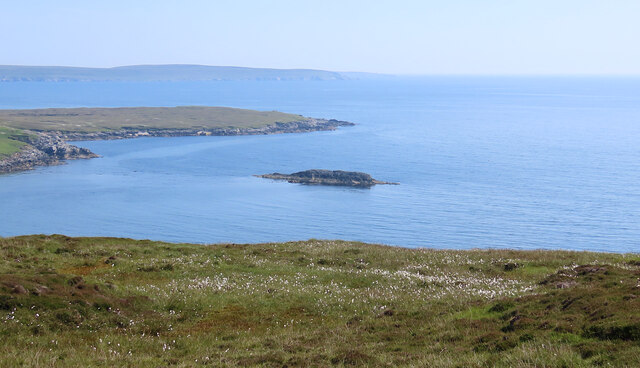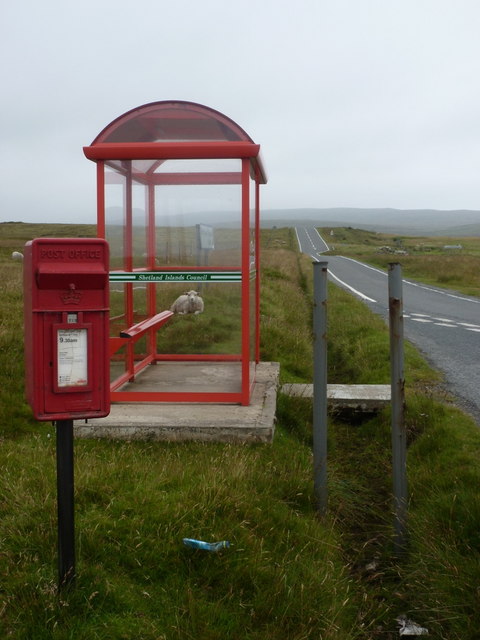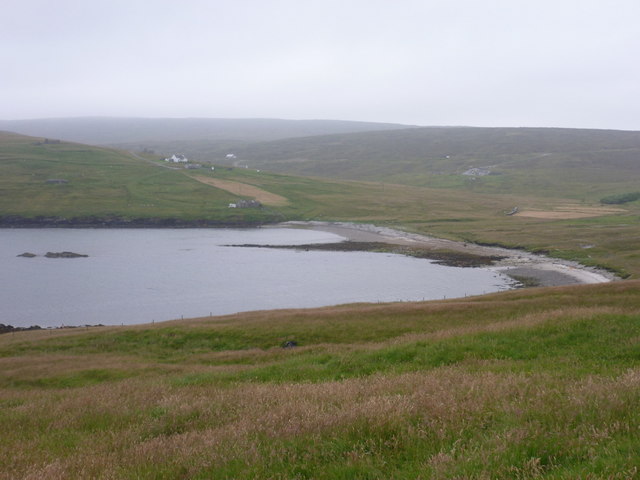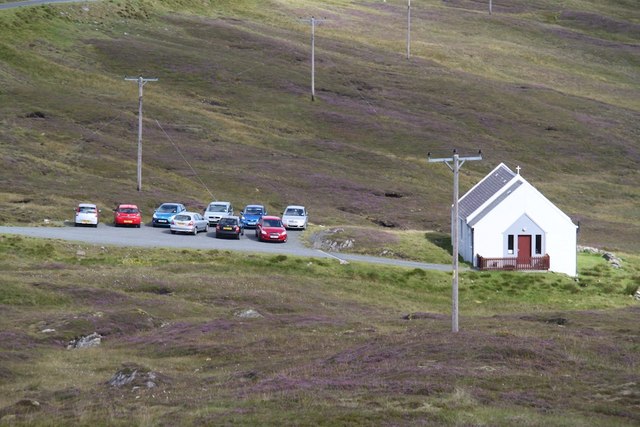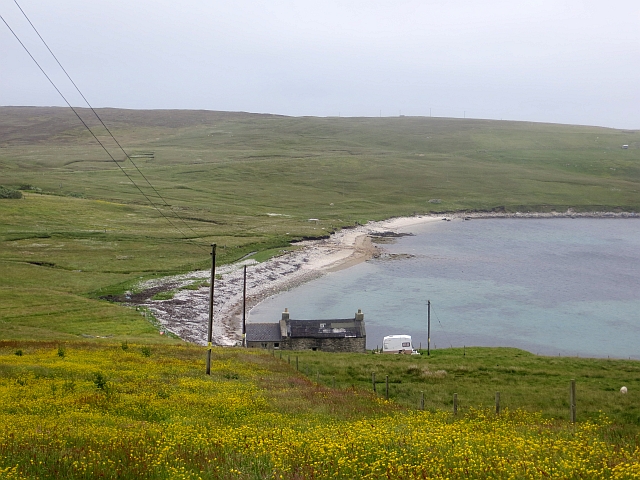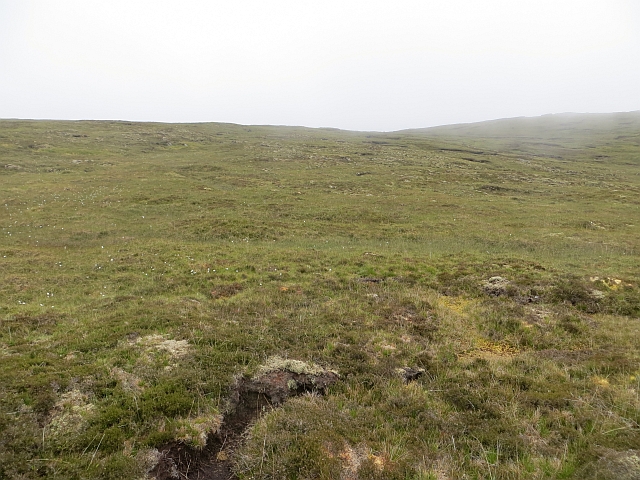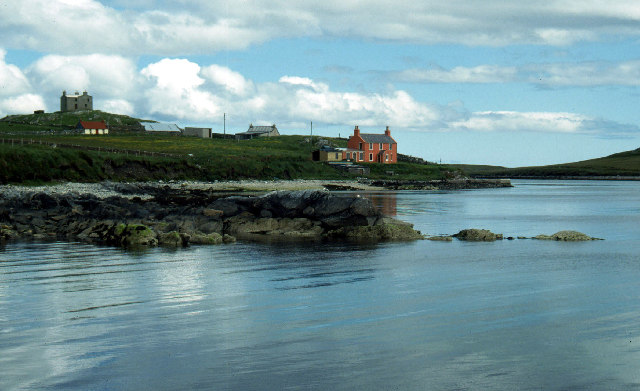Hill of Queyon
Hill, Mountain in Shetland
Scotland
Hill of Queyon
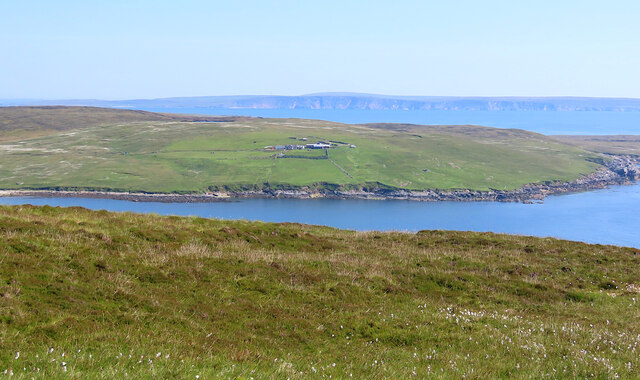
Hill of Queyon is a prominent hill located in the Shetland Islands, an archipelago off the northeast coast of Scotland. Situated in the southern part of the main island, known as Mainland, Hill of Queyon stands at an elevation of approximately 170 meters (558 feet).
The hill is characterized by its distinct conical shape, with a gentle slope leading up to its summit. It offers panoramic views of the surrounding landscape, including the nearby coastline, rolling hills, and the vast North Atlantic Ocean. On clear days, visitors can even catch glimpses of other islands in the Shetland archipelago.
The ascent to the top of Hill of Queyon is relatively easy, making it a popular destination for hikers and nature enthusiasts. The hill is covered in heather and grass, dotted with scattered rocks and boulders. Its vegetation attracts a variety of bird species, making it an ideal spot for birdwatching.
Hill of Queyon is not only a natural landmark but also holds historical significance. It is believed to have been a site of ancient settlements, with archaeological evidence suggesting human activity in the area dating back thousands of years. The hill serves as a reminder of the rich cultural heritage of the Shetland Islands.
Overall, Hill of Queyon offers a serene and picturesque setting, blending natural beauty with historical intrigue. Whether for a peaceful hike, birdwatching expedition, or exploration of the island's past, this hill provides a captivating experience for visitors and locals alike.
If you have any feedback on the listing, please let us know in the comments section below.
Hill of Queyon Images
Images are sourced within 2km of 60.556/-1.0332754 or Grid Reference HU5386. Thanks to Geograph Open Source API. All images are credited.
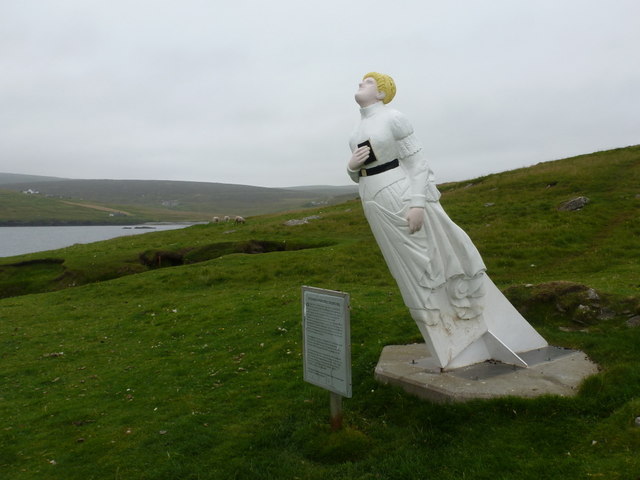
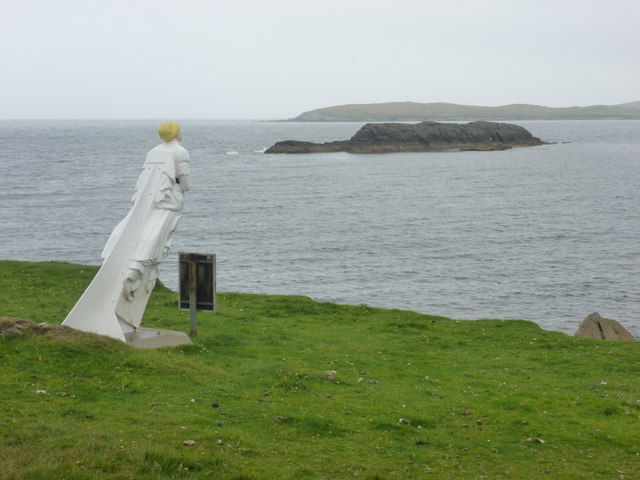
Hill of Queyon is located at Grid Ref: HU5386 (Lat: 60.556, Lng: -1.0332754)
Unitary Authority: Shetland Islands
Police Authority: Highlands and Islands
What 3 Words
///inflates.snapping.model. Near Ulsta, Shetland Islands
Nearby Locations
Related Wikis
Aywick
Aywick is a small settlement on the east side of Yell, an island forming part of the Shetland Islands north of Scotland.The naturalist Bobby Tulloch was...
Otterswick
Otterswick is a hamlet on the island of Yell in the Shetland Islands, on the inlet of Otters Wick. It is on the east side of the island. There is also...
Gossabrough
Gossabrough is a coastal hamlet, wick and ness on the southeast side of the island of Yell, Shetland, Scotland. The Wick of Gossabrough lies between the...
Mid Yell
Mid Yell is a coastal settlement on the island of Yell, the second largest of Shetland Islands, Scotland. Mid Yell, the largest settlement on the island...
Burravoe
Burravoe is a community on the north shore of Burra Voe, in the south-east part of the island of Yell in the Shetland Islands, Scotland. The name Burravoe...
Burra Voe
Burra Voe (Old Norse: Borgavagr, Broch Bay) is sheltered bay (voe) at the southeast corner of the island of Yell. The village of Burravoe (HU525795) is...
Old Haa Museum
The Old Haa of Brough in located in Burravoe, Yell, Shetland, Scotland. Built for Robert Tyrie, a merchant, in 1672, houses the local museum for Burravoe...
Hascosay
Hascosay (Scots: Hascosay; Old Norse "Hafskotsey") is a small island lying between Yell and Fetlar in the Shetland Islands, Scotland. == Geography and... ==
Nearby Amenities
Located within 500m of 60.556,-1.0332754Have you been to Hill of Queyon?
Leave your review of Hill of Queyon below (or comments, questions and feedback).
